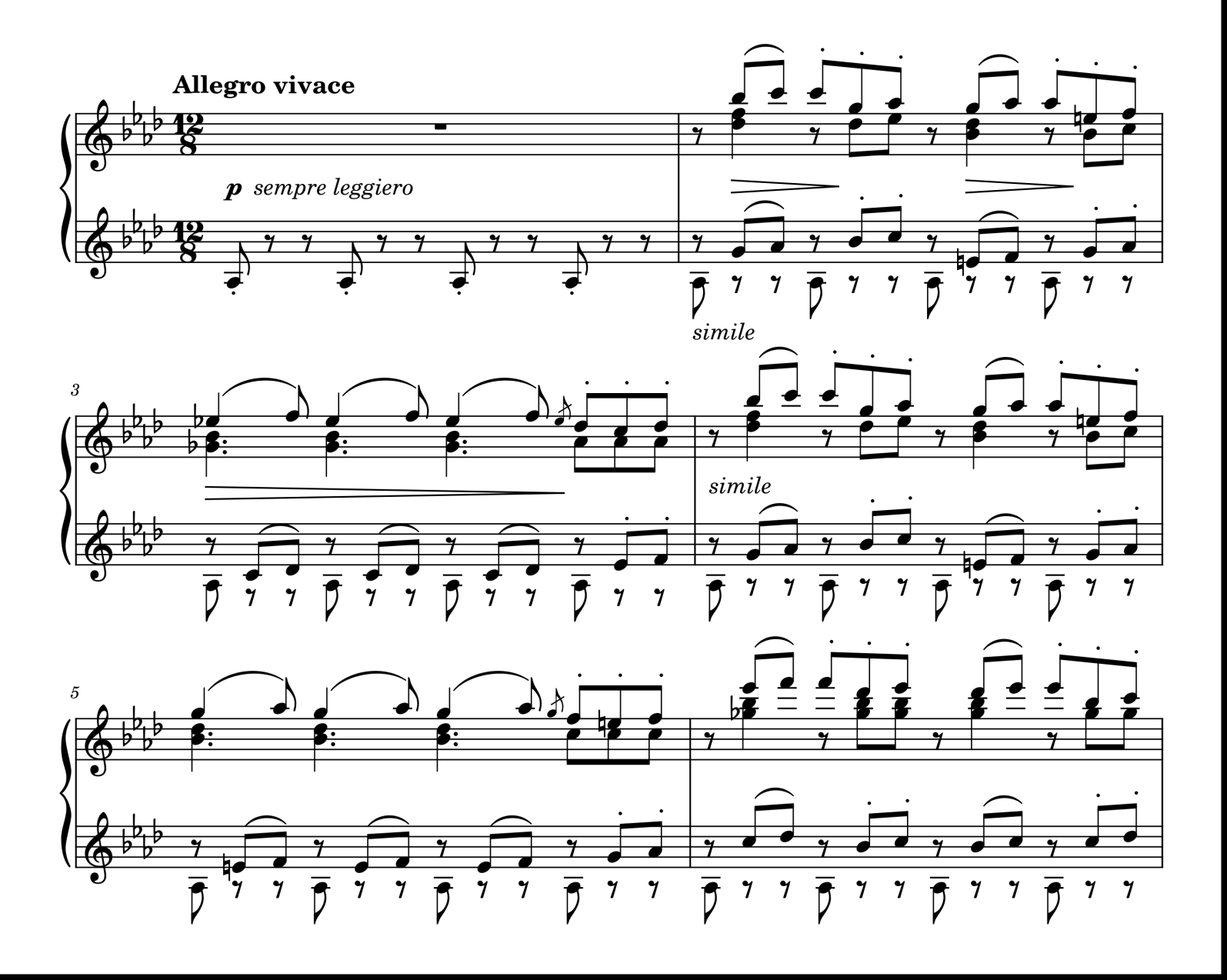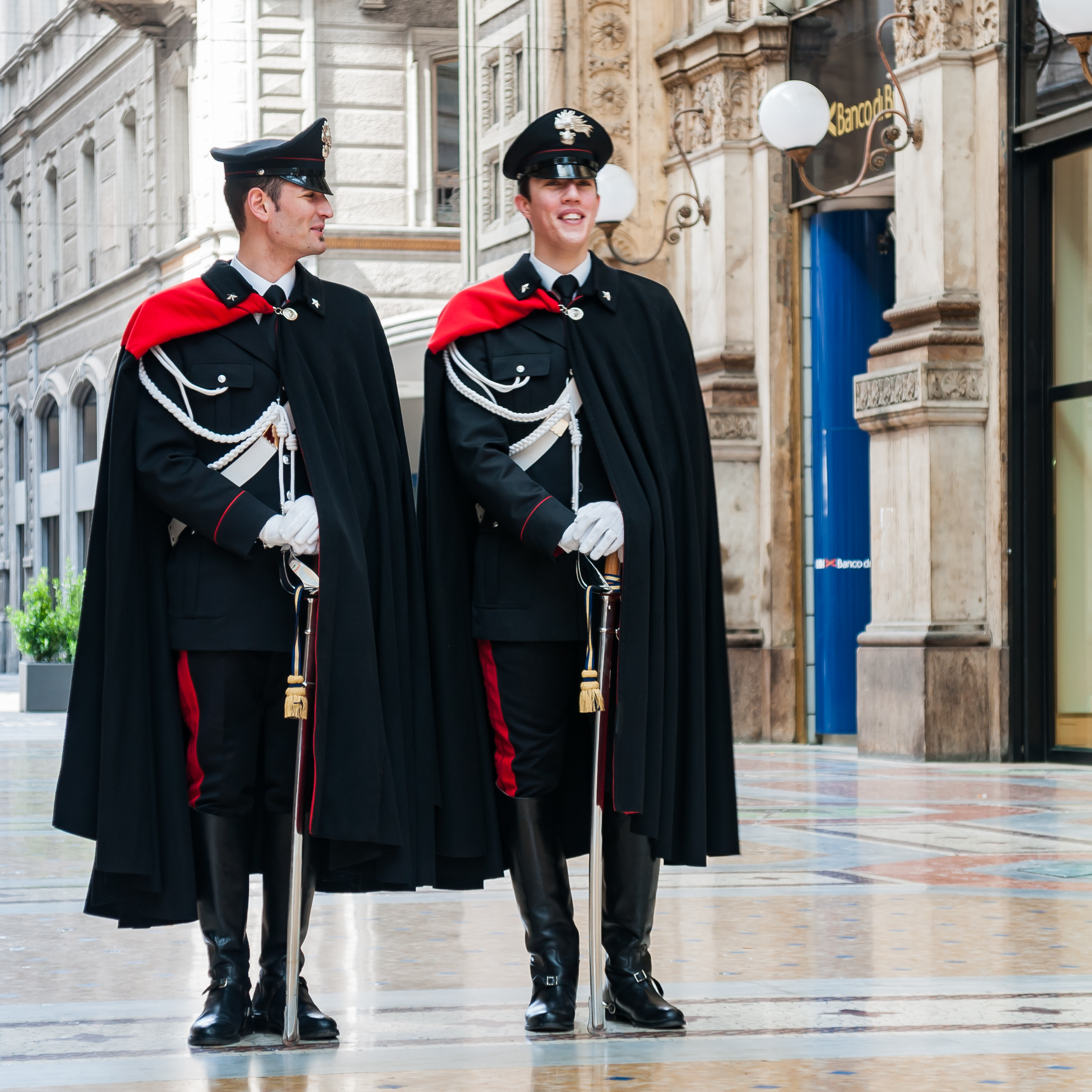|
Armando Zeferino Soares
Armando Zeferino Soares, (1920 in São Nicolau, Cape Verde – April 3, 2007) was a Capeverdean composer, author of the famous song ''Sodade''. He was born in Praia Branca in the island of São Nicolau and worked there as a salesman. He had several disputes due to the authorship of ''Sodade'' with other composers, including Amândio Cabral and Luís Morais. Finally, in December 2006, the court declared Armando Soares the author of the famous song. He told the newspaper ''A Semana ''A Semana'' ( Portuguese meaning "The Week") is a Cape Verdean daily that covers its top stories in the archipelago and local stories ranging from each island. ''A Semana'' is located in the Cape Verdean capital city of Praia and is one of the mos ...'' that he created the music in the 1950s in a farewell celebration to a group of friends that embarked for São Tomé e Príncipe. External links * * {{DEFAULTSORT:Soares Armando Zeferino 1920 births 2007 deaths Cape Verdean composers Peopl ... [...More Info...] [...Related Items...] OR: [Wikipedia] [Google] [Baidu] |
Flag Of Cape Verde
The national flag of Cape Verde (Portuguese: ''bandeira de Cabo Verde''; Capeverdean (ALUPEC): ''bandera di Kauberdi'') was adopted on 22 September 1992, replacing the flag adopted during Cape Verdean independence, fought for with Guinea-Bissau, another former Portuguese colony on mainland West Africa. Description The National Flag of the Republic of Cape Verde has five unequal horizontal bands of blue, white, and red, with a circle of ten yellow five-pointed stars, all pointing upwards. The topmost blue stripe is half the height of the flag. Each of the three stripes of white and red are one twelfth of the height, and the bottom blue stripe is one quarter. Therefore, the height of the stripes are in a 6:1:1:1:3 ratio. The circle of stars is centered at of the height from the bottom (which corresponds to the center of the red stripe), and of the width from the hoist side. The lowest star is inscribed in an invisible circle centered at the middle of the lower blue stripe (t ... [...More Info...] [...Related Items...] OR: [Wikipedia] [Google] [Baidu] |
Praia Branca, Cape Verde
Praia Branca is a townCabo Verde, Statistical Yearbook 2015 , p. 32-33 in the northwestern part of the island of São Nicolau, . It is part of the municipality of |
São Nicolau, Cape Verde
São Nicolau ( Portuguese for ''Saint Nicholas'') is one of the Barlavento (Windward) islands of Cape Verde. It is located between the islands of Santa Luzia and Sal. Its population is 12,424 (2015),Cabo Verde, Statistical Yearbook 2015 with an area of . The main towns are Ribeira Brava and Tarrafal de São Nic ... [...More Info...] [...Related Items...] OR: [Wikipedia] [Google] [Baidu] |
Cape Verde
, national_anthem = () , official_languages = Portuguese , national_languages = Cape Verdean Creole , capital = Praia , coordinates = , largest_city = capital , demonym = Cape Verdean or Cabo Verdean , ethnic_groups_year = 2017 , government_type = Unitary semi-presidential republic , leader_title1 = President , leader_name1 = José Maria Neves , leader_title2 = Prime Minister , leader_name2 = Ulisses Correia e Silva , legislature = National Assembly , area_rank = 166th , area_km2 = 4033 , area_sq_mi = 1,557 , percent_water = negligible , population_census = 561,901 , population_census_rank = 172nd , population_census_year = 2021 , population_density_km2 = 123.7 , population_density_sq_mi = 325.0 , population_density_rank = 89th , GDP_PPP ... [...More Info...] [...Related Items...] OR: [Wikipedia] [Google] [Baidu] |
Musical Composition
Musical composition can refer to an Originality, original piece or work of music, either Human voice, vocal or Musical instrument, instrumental, the musical form, structure of a musical piece or to the process of creating or writing a new piece of music. People who create new compositions are called composers. Composers of primarily songs are usually called songwriters; with songs, the person who writes lyrics for a song is the lyricist. In many cultures, including Western classical music, the act of composing typically includes the creation of music notation, such as a sheet music, sheet music "score," which is then performed by the composer or by other musicians. In popular music and Folk music, traditional music, songwriting may involve the creation of a basic outline of the song, called the lead sheet, which sets out the melody, lyrics and chord progression. In classical music, orchestration (choosing the instruments of a large music ensemble such as an orchestra which will ... [...More Info...] [...Related Items...] OR: [Wikipedia] [Google] [Baidu] |
Sodade
"''Sodade''" is a Cape Verdean song written in the 1950s by Armando Zeferino Soares, and best popularized by Cesária Évora on her 1992 album '' Miss Perfumado''. The name is the Cape Verdean Creole variant of the Portuguese term '' saudade''. The authorship of the song was contested, notably by the duo Amândio Cabral and Luís Morais, until a court ruled in December 2006 that Soares was the author. Background ''Sodade'' describes the nostalgia experienced by Cape Verdeans emigrants who have been seafarers and emigrants for centuries, repeating the question "Ken mostro-b es kaminhu longe?" ("Who showed you the faraway path?") Cape Verdeans have been voluntarily migrating from Cape Verde to every continent, since as early 1800s. The earliest recorded migration of Cape Verdeans was to New England, because they were recruited as whalers for their exceptional seafaring skills as whalers and whale captains. This started the trend of voluntary immigration of Cape Verdeans to New ... [...More Info...] [...Related Items...] OR: [Wikipedia] [Google] [Baidu] |
A Semana
''A Semana'' ( Portuguese meaning "The Week") is a Cape Verdean daily that covers its top stories in the archipelago and local stories ranging from each island. ''A Semana'' is located in the Cape Verdean capital city of Praia and is one of the most circulated newspapers and dailies in Cape Verde. Its slogan is the "First Capeverdean Daily (not often as Diary which is also translated in English, when it is to daily, it is not translated as) in Line" ("Primeiro diário caboverdiano em linha"). The newspaper is written in the Portuguese language, most or much of the articles are written in, some articles are also written in Capeverdean Creole. Online, recently, some of its articles can be found in English. Its current price is 100 escudos. History ''A Semana'' alongside ''Expresso das Ilhas'' were founded in 1991. Both are the second newspapers founded after the country's independence. The newspaper started out as weekly as the newspaper was named after. It became a daily paper and ... [...More Info...] [...Related Items...] OR: [Wikipedia] [Google] [Baidu] |
São Tomé E Príncipe
SAO or Sao may refer to: Places * Sao civilisation, in Middle Africa from 6th century BC to 16th century AD * Sao, a town in Boussé Department, Burkina Faso * Saco Transportation Center (station code SAO), a train station in Saco, Maine, U.S. * SAO, the ICAO airline designator for Sahel Aviation Service, Mali * SAO, the IATA airport code for airports in the São Paulo metropolitan area, Brazil * Serb Autonomous Regions during the breakup of Yugoslavia * São Paulo, the largest city in Brazil Science * Smithsonian Astrophysical Observatory of the Smithsonian Institution in Cambridge, Massachusetts, U.S. ** Smithsonian Astrophysical Observatory Star Catalog, which assigns SAO catalogue entries * Special Astrophysical Observatory of the Russian Academy of Science (SAO RAS) Entertainment * ''Sword Art Online'', a Japanese light novel series ** ''Sword Art Online'' (2012 TV series), an anime adaptation of the light novels * Sao Sao Sao, a Thai pop music trio Other uses ... [...More Info...] [...Related Items...] OR: [Wikipedia] [Google] [Baidu] |
1920 Births
Nineteen or 19 may refer to: * 19 (number), the natural number following 18 and preceding 20 * one of the years 19 BC, AD 19, 1919, 2019 Films * ''19'' (film), a 2001 Japanese film * ''Nineteen'' (film), a 1987 science fiction film Music * 19 (band) 19 was a Japanese pop/folk duo. Its members were Kenji Okahira and Keigo Iwase The Japanese language has a system of honorific speech, referred to as , parts of speech that show respect. Their use is mandatory in many social situations. Ho ..., a Japanese pop music duo Albums * ''19'' (Adele album), 2008 * ''19'', a 2003 album by Alsou * ''19'', a 2006 album by Evan Yo * ''19'', a 2018 album by MHD * ''19'', one half of the double album '' 63/19'' by Kool A.D. * '' Number Nineteen'', a 1971 album by American jazz pianist Mal Waldron * ''XIX'' (EP), a 2019 EP by 1the9 Songs * "19" (song), a 1985 song by British musician Paul Hardcastle. * "Nineteen", a song by Bad4Good from the 1992 album ''Refugee (Bad4 ... [...More Info...] [...Related Items...] OR: [Wikipedia] [Google] [Baidu] |
2007 Deaths
This is a list of deaths of notable people, organised by year. New deaths articles are added to their respective month (e.g., Deaths in ) and then linked here. 2022 2021 2020 2019 2018 2017 2016 2015 2014 2013 2012 2011 2010 2009 2008 2007 2006 2005 2004 2003 2002 2001 2000 1999 1998 1997 1996 1995 1994 1993 1992 1991 1990 1989 1988 1987 See also * Lists of deaths by day * Deaths by year {{DEFAULTSORT:deaths by year ... [...More Info...] [...Related Items...] OR: [Wikipedia] [Google] [Baidu] |
Cape Verdean Composers
A cape is a clothing accessory or a sleeveless outer garment which drapes the wearer's back, arms, and chest, and connects at the neck. History Capes were common in medieval Europe, especially when combined with a hood in the chaperon. They have had periodic returns to fashion - for example, in nineteenth-century Europe. Roman Catholic clergy wear a type of cape known as a ferraiolo, which is worn for formal events outside a ritualistic context. The cope is a liturgical vestment in the form of a cape. Capes are often highly decorated with elaborate embroidery. Capes remain in regular use as rainwear in various military units and police forces, in France for example. A gas cape was a voluminous military garment designed to give rain protection to someone wearing the bulky gas masks used in twentieth-century wars. Rich noblemen and elite warriors of the Aztec Empire would wear a tilmàtli; a Mesoamerican cloak/cape used as a symbol of their upper status. Cloth and clothing w ... [...More Info...] [...Related Items...] OR: [Wikipedia] [Google] [Baidu] |



